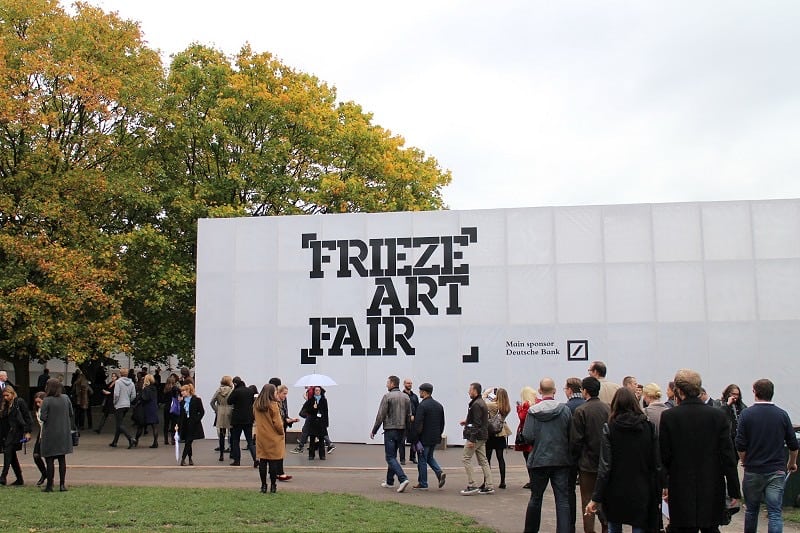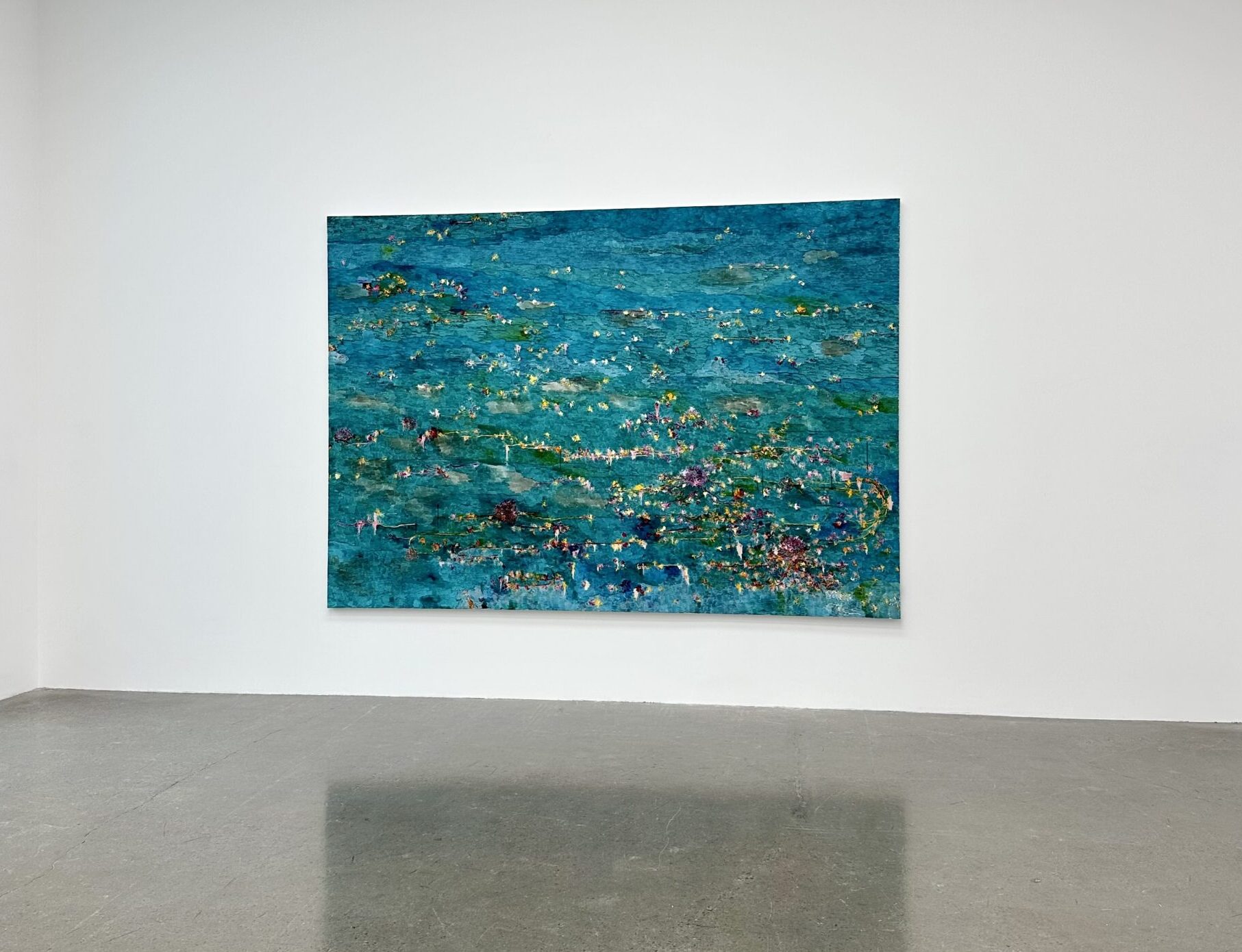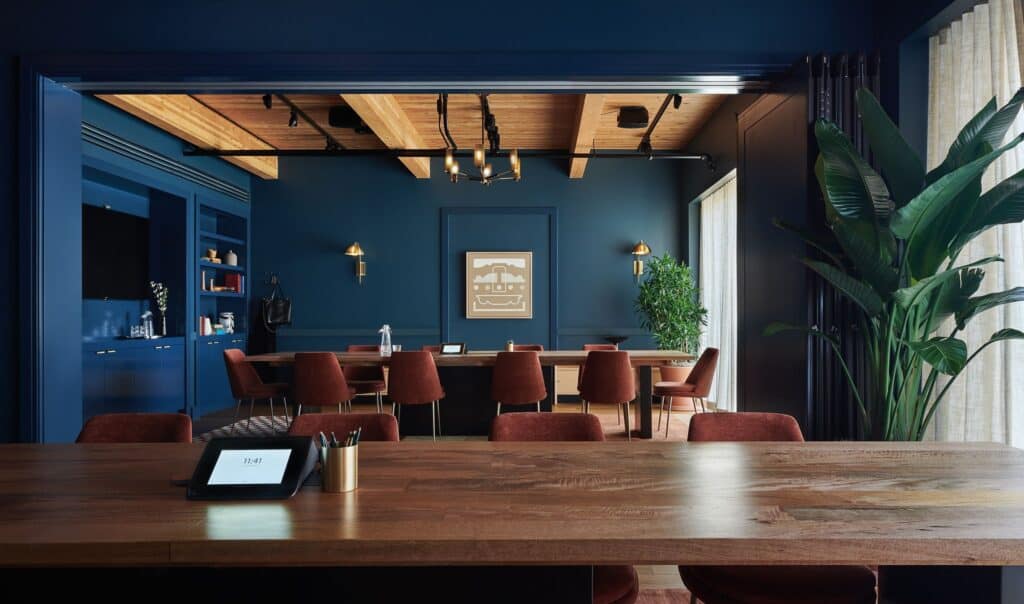WHAT IS AN ART FAIR?
Art fairs. Who? What? Why? Let’s simplify with a brief but concise history lesson. Contemporary Art Fairs give the impression of new, cool and inclusive. In fact, Art fairs have been around for longer than you think and their model has been around even longer: a marketplace where you pay to see what you would (*most likely) not see otherwise.
Hmm, feels commercial? That’s because it is. But the idea hadn’t really planted a seed in the art world until the mid-twentieth century when deals and sales were even more opaque. Rudolph Zwirner (aka David Zwirner’s Dad) basically coined what we now think of as an art fair in 1968. Art Basel was created soon after in 1970.
Art fairs open up this idea of trade, presentation and cultural exchange. They seek to connect artists, galleries and their dealers with a wider audience. Anyone can attend an art fair, they happen in different cities all around the world and a majority of fairs cater to a range of collectors from first-timers to veterans.
DRAWBACKS
What are the current drawbacks? There is a lot of pressure for the fair leaders to not only create a dynamic and social stage but make enough money to do it again. Throughout the art world (commercial and non-profit alike) there is a new higher expectation: To be changemakers, tastemakers and caretakers all at the same time. For art fairs, they often must unify not just galleries into a single space and time frame but grassroots organizations, institutions, marginalized voices and the blue-chippers in the scene. In addition to this, they are also exploring new curatorial trends, easy right? This exact objective is also funded by brand partnerships, events and wherever the money might be. The entry point for many galleries to join is a huge investment. This can push smaller galleries that foster many emerging artists and first-time collectors out of the conversation.
POSITIVES
Yes, there are brand partnerships and mega-galleries with giant booths to mimic their expansive real life real estate. But, there is also art being brought into the discourse, reflecting the world we live in. The underlying mission of connecting artists with a wider audience is still being achieved. The art world, which can sometimes be reflected in this smaller ecosystem of fairs, is still just that – an ecosystem. There is a symbiotic relationship between mega + emerging, masters + contemporary, originals + editions. In reaction to fairs becoming more expensive for small galleries, many satellite art fairs have appeared. These fairs offer additional access and support for local and emerging artists.
THE TAKEAWAY
So what’s next for art fairs? Over the last few volatile years, we’ve seen many changes in the art world. My hope is to see more entry level fairs (minus the kitsch)and more hybrid fairs with online access. Along with this a certain balance between that which is “art fair art” aka marketable art and a deeper interconnectivity and diversification in form and context. Now more than ever an artist has the ability to be multifarious and so, art fairs do as well. More on the idea of being both multidisciplinary and marketable in our next Takeaways.




